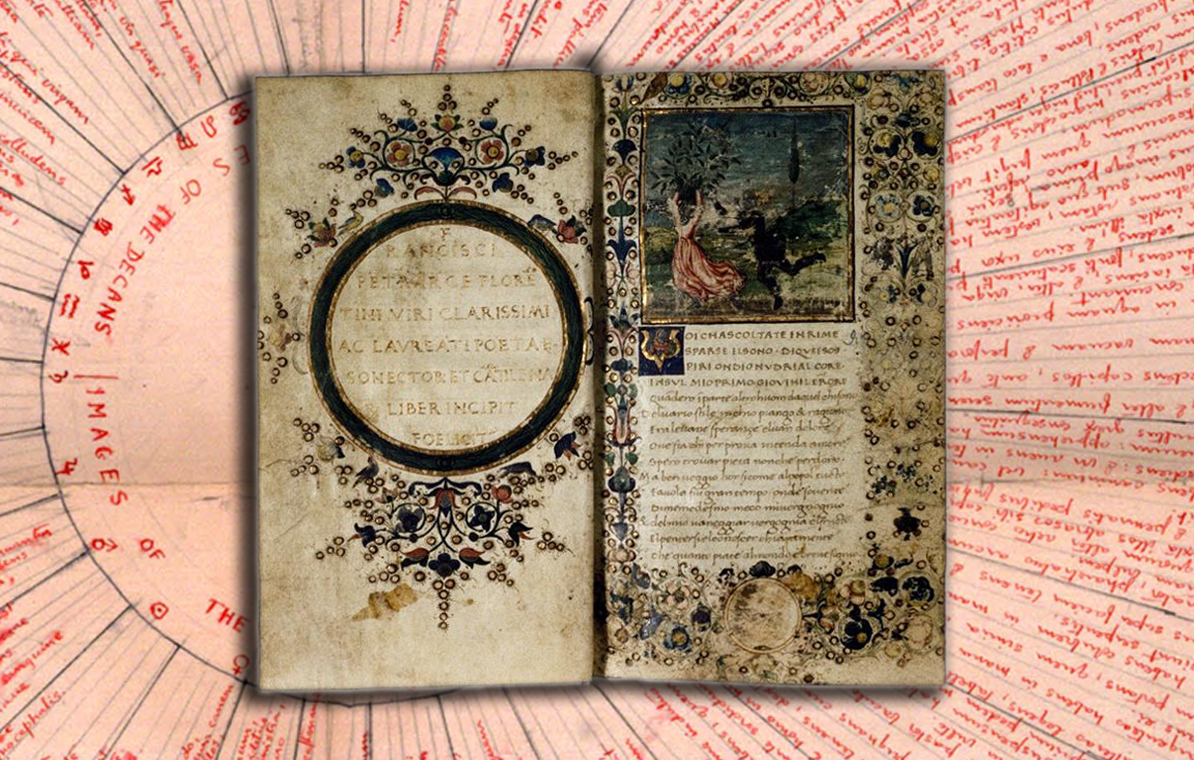Francis, Thou Art Translated: Petrarch Metamorphosed in English, 1380-1595
DOI:
https://doi.org/10.5399/uo/hsda.1.1.1196Abstract
English translation of Petrarch—translation that is also metamorphosis in a manner that Petrarch would have recognized—begins with Chaucer's rendition of canticus TroiliTroilus and Criseyde, an inaugural moment of lyric imitation long thought unique in Chaucer's work. Yet suggestive claims have been made that Rvf 189 was also rendered by Chaucer as Troilus' second canticus in book V, within a context inclusive of additional Petrarchan influences on Chaucer. Chaucer's versions, and their contextualization in the Troilus, had definite consequences for Petrarchan translation when it resumed with the Henrician poets Thomas Wyatt and Henry Howard a century and a half later. For the Tudor poets living under the tyranny of Henry VIII the Petrarch-inspired sonnet offered a richly articulated space of private reflection that did not fail to register the pressure of court politics. Wyatt's Petrarchan translations in the Egerton manuscript represent a privileged part of his lyric production, a preference that the Earl of Surrey absorbed for his very different poetic program, one designed to exalt both aristocratic lineage and an aureate genealogy of poets including Virgil, Dante, and Chaucer along with Petrarch and Wyatt. Mediated by multiple editions of Tottel's Songs and Sonnettes between 1557 and 1594, the legacy of Wyatt's and Surrey's Petrarchan translations reached the Elizabethans with an emphasis on Petrarch's poetic supremacy that stimulated emulation by the young Shakespeare. His tragedy Romeo and Juliet threw down a challenge to Petrarch with respect to sonnet forms, sonnet rhetoric, and the typical story of enamorment, a story still discernibly affiliated with Chaucer's .Downloads
Additional Files
Published
2011-02-05
Issue
Section
Perspectives
License
Copyright (c) 2011 Ronald L. Martinez

This work is licensed under a Creative Commons Attribution-NoDerivatives 4.0 International License.
Authors who publish with this journal agree to the following terms:
- Authors retain copyright and grant the journal right of first publication with the work licensed under a Creative Commons Attribution No Derivatives License that allows others to share the work with an acknowledgement of the work's authorship and initial publication in this journal.
- Article and journal metadata is released under a Creative Commons Attribution license.
- Authors may enter into separate, additional contractual arrangements for the non-exclusive distribution of the journal's published version of the work (e.g., post it to an institutional repository or publish it in a book), with an acknowledgement of its initial publication in this journal.
- Authors are permitted to post their work online (e.g., in institutional repositories or on their website) prior to and during the submission process, as this can lead to productive exchanges, as well as earlier and greater citation of published work (See The Effect of Open Access). Indicate that the manuscript is under submission.

